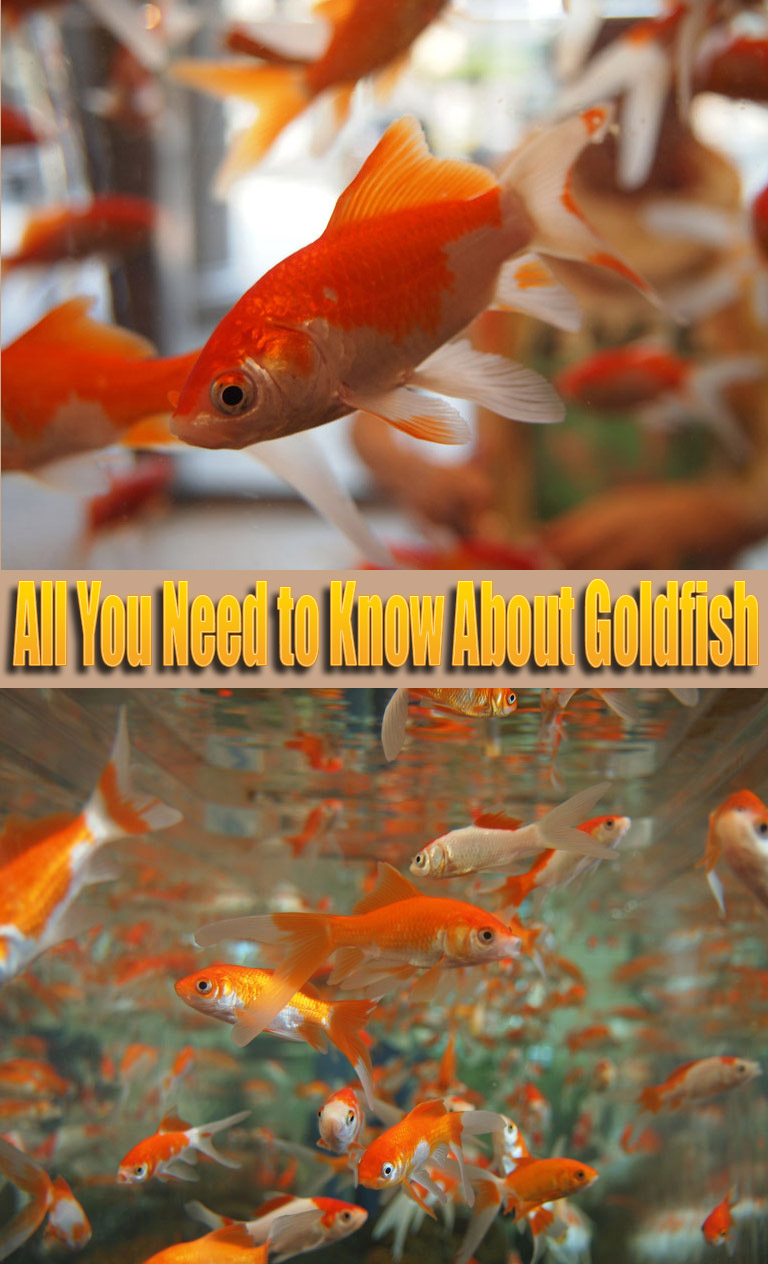
Many historians believe goldfish were the first fish to be raised as pets from as far back as 800 AD in China. In ancient China, they were considered a symbol of wealth and were kept in ornamental bowls and water ponds. People soon realized that goldfish could recognize their humans and would exhibit social behaviors. Today, they are one of the most popular pets in the world.
There are estimated to be over 125 varieties of fancy goldfish, but only about 20 types are regularly sold in pet stores.
Facts
Goldfish start out small, usually an inch or two, but they can grow quite large. A size of more than 20 inches is not unusual. Many grow up to 12 inches and can weigh as much as 5 pounds. These are not small fish. They are considered hardy and relatively long living. An average lifespan is 10 – 15 years, though 20 years is not uncommon.
Breeding
Selective breeding has produced a wide variety available to pet enthusiasts at a reasonable price. If you think of any anatomical fish characteristic, you can count on some variety of goldfish to exhibit it in the extreme. They can have bulging eyes and bodies but fins so delicate that they seem translucent.
Colors
Originally, the goldfish was the descendant of a rather plain fish, a wild carp, which is primarily a gray or silver color. However, through selective breeding, Chinese fish keepers were able to produce a variety of colors and body shapes. The red and gold variety was selectively bred. Goldfish colors can also be metallic, flat, or iridescent. The colors can change as they age, or can revert to a metallic orange when kept in warmer water.
They will also change their coloring based on the spectrum of lighting used. These fish produce a pigment in response to light, and their cells will cause a different coloration or reflection based on light.
Goldfish are smart! They have been shown to have a memory span of up to three months. They can distinguish between various shapes, colors, and sounds. Some have been trained via positive reinforcement to accomplish tricks such as fetching and playing soccer.
Goldfish Types
Goldfish are categorized primarily as either single- or double-tailed. Single-tailed types usually have long, sleek bodies and a short single tail fin. The double-tailed goldfish are usually slower swimmers with rounder bodies and a double tail fin.
- Beginner
There are many goldfish types to select from, but some are hardier than others. The easiest to start with is the Common Goldfish. These hardy fish are both readily available and inexpensive. Other good beginner fish include the Comet Goldfish, Fantail Goldfish, Ryukin Goldfish, and Shubunkin Goldfish, - Fancy
As you become more confident in keeping goldfish, you may want to try your hand at some of the more exotic-looking or more delicate types. Some readily available and less expensive fancy types for sale include the all-time favorite Black Moor along with the Telescope Goldfish. These two are very hardy, but due to their poor vision need a bit more specialized housing. The Black Moor and the Telescope Goldfish will thrive best housed with each other or with other similarly handicapped goldfish like the less hardy Bubble Eye Goldfish, Lionhead Goldfish, and Celestial Goldfish. - Exotic
Some other favorite fancy types for sale include Veiltail Goldfish, Oranda Goldfish and Redcap Oranda Goldfish, Ranchu Goldfish, and Pearlscale Goldfish. Other interesting types, though a bit more difficult to find, include Butterfly Tail Moor, Orange Bubble-eye, Bronze Bubble-eye, Hama Nishiki, Chocolate Pom Pom, Panda, and even more exotic species too numerous to mention.
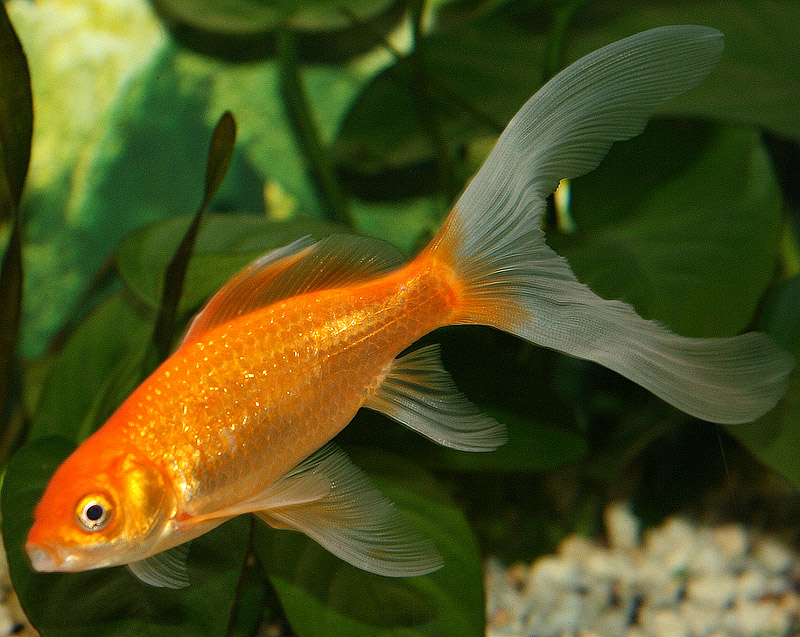
The Common Goldfish
The Common Goldfish Carassius gibelio (previously Carassius auratus auratus) are hardy fish that are well known by all aquarists. They are colorful, inexpensive, and readily available. These fish are a favorite pet for a multitude of keepers because they can be quite personable and are delightful to watch.
The Common Goldfish is a small member of the Cyprinidae family of carp fish. The popular Koi fish, which is commonly kept in ponds, is also a member of the carp family. The C. gibelio was originally a silver or gray color, but early in the Jin Dynasty, somewhere between the years 265 – 420, breeders noticed a natural genetic mutation producing a yellowish-orange color.
It became common practice to breed this pretty golden fish. Over time, a large variety of breeds of varying shapes and sizes have been developed. Other natural mutations are red and yellow. Today, Common Goldfish are available in various solid colors and combinations of white, yellow, orange, red, brown, and black.
These are one of the hardiest of the goldfish varieties. They are known as a choice beginner fish for new aquarists because they are one of the easiest fish to keep. They can handle a variety of aquarium conditions and are not picky about food, readily eating what is offered. Selecting them is also fun because they come in such a diverse mix of colors.
Most freshwater aquarium fish are tropical, but goldfish are an exception. These are coldwater fish, preferring a tank kept between between 65 – 72° F (18°- 22° C). Still, these durable fellows are very versatile and can tolerate everything from tropical temperatures all the way down to a few degrees above freezing, as long as the cooling drops only a few degrees a day. They can be maintained without a heater or a filter, as long as the water is changed out frequently.
These are active fish and they can swim fairly fast, but they are also very social. They thrive well in a community. Along with the other elongated goldfish, such as the Comet Goldfish and the Shubunkin Goldfish, they make good pond fish. They are fast and get along well with Koi, but they readily spawn and can quickly overpopulate your pond.
If they are kept in a community with other freshwater fish, the aquarium needs to be designed for the needs of the other fish. Not only will it need a heater, but it will also need a good filtration system. Goldfish place a much heavier bioload on the aquarium than most other tropical fish, so more frequent water changes are necessary to keep the water quality up.
Aquariums
The first consideration when getting a goldfish is what to house it in. Once you have determined what aquarium you want for your pet fish, you will need some additional basic supplies.
Here is a list of the basic supplies:
- Supplies
- Fish Tank
- Tank Hood with cover and light
- Filter and filter media
- Gravel and tank decorations
- Plants
- Food
- Thermometer
- Water conditioning treatments for chlorine and pH
- pH testing kit
- Fish net
- Gravel vacuum
There are several factors to consider when choosing the tank, filtration, and lighting for your pet fish. Here is one question that always comes up: “Can I keep my goldfish in a bowl, or should I keep it in a tank?” There are a number of good reasons to ultimately opt for goldfish aquariums for the health and long life of your fish.
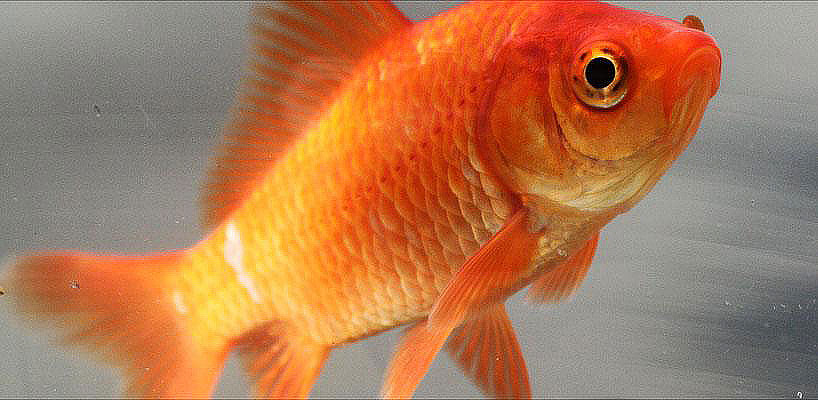
Bowl
Although a goldfish can be adequately maintained for a while in a goldfish bowl, a goldfish tank is a much better choice and an important investment. Reasons for this include the following:
- Your goldfish will eventually outgrow a bowl. They can get quite large, with some reaching up to 20″.
- A goldfish bowl is less convenient to equip with a filtration system to help maintain good water quality, which is critical to the health of your fish.
- A large surface area is essential for oxygen exchange, and goldfish need lots of oxygen. A bowl that tapers near the top won’t provide the same oxygenation as aquariums with larger surface areas.
Tank
Aquariums are recommended over bowls. An aquarium is easier to take care of and more economical overall. Given that the standard rule of thumb is 1 inch of fish per gallon of water, it’s best to start with a 20 – 30 gallon tank for your first goldfish and then increase the size of the tank by 10 gallons for each additional fish.
This formula works great when you are first introducing small fish, but it does not work well for large fish. Larger goldfish consume much more oxygen than young fish. Over time, as your fish grows, it will need more oxygenated water than this formula allows. Too little water can actually stunt them and can contribute to disease and even death. To allow for growth, either buy fewer fish than the maximum number of fish (based on the above formula) or be prepared to get a larger tank.
Filtration
Because they do not have stomachs, and they eat a lot, they produce a great deal of waste. Waste leads to rising ammonia levels, which is toxic to goldfish and must be kept to a minimum. Filtration systems remove much of the detritus, excess foods, and waste. This helps keep the tank clean and maintain the general health of the fish. Providing good filtration, especially biological filtration, is very helpful in maintaining the water quality of an aquarium.
Lighting
Goldfish are fairly cold hardy, so you don’t need light to keep the water warm. However, you may want lighting to show off your goldfish to their best advantage. Aquarium kits and hoods (light fixtures) can come with either fluorescent or incandescent lighting. Choosing fluorescent rather than incandescent lighting will help you save on electricity and give off less heat. Keep the lighting on for about ten hours daily. They will change their coloring based on the spectrum of lighting used. They produce a pigment in response to light, and their cells will cause a different coloration or reflection based on light. This is similar to the way that humans tan. Removed from light, they will eventually return to their grayish color.
There are several types of filtration systems available. When you have decided on a filtration system, all you have to do is set up your tank, select your goldfish, and enjoy!
Care
Taking care of goldfish is fairly simple. Provide them with good water quality, a comfortable temperature range, the right food, and follow a regular maintenance schedule.
Water
If there is chlorine is in your water, you will need to add a de-chlorinator each time you add water to the tank. Chlorine will kill your fish. You can talk to your local fish store regarding your water, and it can be checked with a chlorine testing kit. If you are unsure, consider adding a de-chlorinator with each water addition. It will not have any ill effects on your tank. The pH for your aquarium should be maintained between 7.2 and 7.6. You should be able to get a pH testing kit from a local fish store or most pet stores. You can also check with the agricultural department to ensure that your tap water does not contain toxins dangerous to humans or fish.
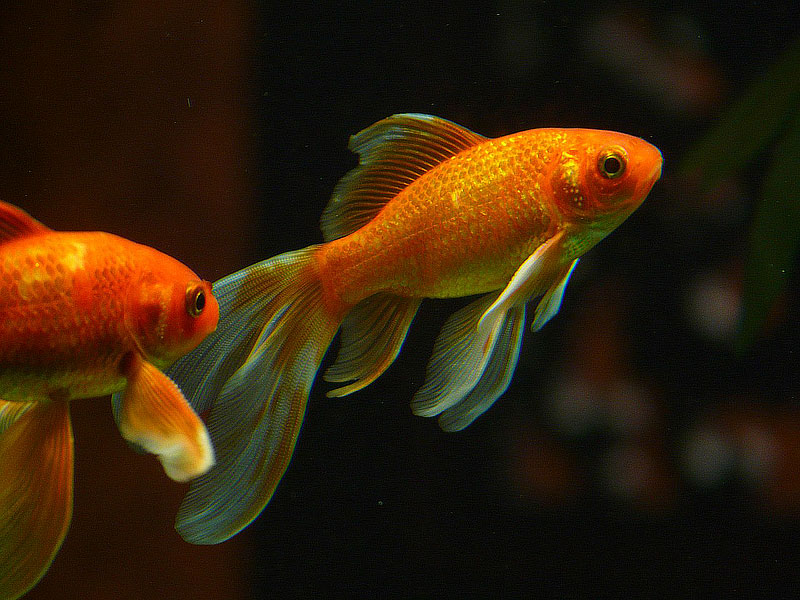
Temperature
Goldfish are cold water animals so do well in a cooler aquarium. Keep the temperature of the aquarium between 65°- 68° F (18°- 20° C) but not higher than 72° F (22° C). Although they are cold hardy, they do not do well with extreme temperature changes. If you are in a building that becomes quite cold at night, it is recommended that you check the temperature and stabilize it. You may wish to add an aquarium heater, as most models commonly have a built-in thermostat to maintain a relatively constant temperature.
Goldfish have done well in water ponds even when the water has frozen over. However, the temperature decreased gradually, and the fish tolerated it. They are cold hardy but don’t do well with extreme drops in temperature. If you keep them in a water pond outside, make sure it is more than 30 inches deep. If there is enough oxygen in the water and ice forms on the top, the fish will go to the bottom and become fairly sluggish, nearly hibernating throughout the winter. They should become active again in the spring. Plants help to further add oxygen to the water pond.
Food
These fish are omnivores and will eat just about anything. Most fish are considered opportunistic eaters in that they will eat most anything and will not stop of their own accord. Goldfish are no exception. They do differ from most tropical fish, however, in that they do not have a stomach. Because of this, they will produce excessive feces when fed too much.
There are a variety of food products available: pellets, flakes, and even live foods such as brine shrimp. A rule of thumb is feed your fish several times a day but not more than they can consume in a 5 minute period of time
If overfed, they will overeat and produce excess feces, which will cause the tank to be dirty and the pH to rise. This is unhealthy for the fish. They do eat live plants, so choose plants for your aquarium that are goldfish tolerant.
Aquarium Maintenance
A weekly water change of 25 – 30 % is recommended. Snails can be added as they reduce the algae in the tank, helping to keep it clean
Related
- Stress in Fish – Learn Symptoms and Help Your Fish
- 5 Most Popular Tetra Fish Types
- Angelfish – General Care and Breed Info
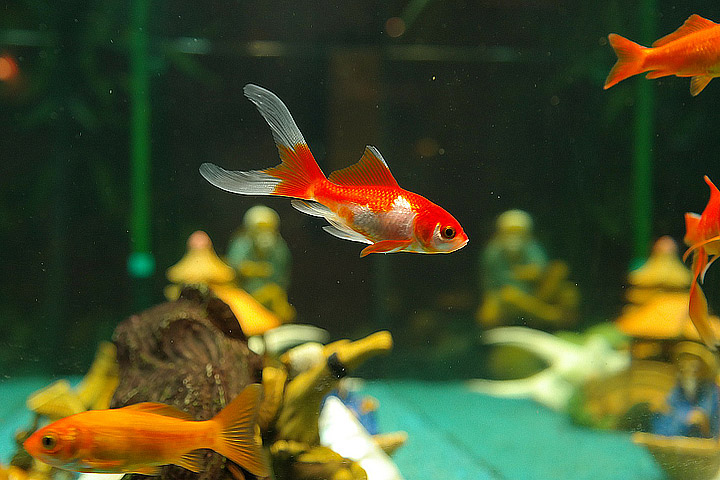
If you like this post, please give it a five star review and help me share it on facebook!

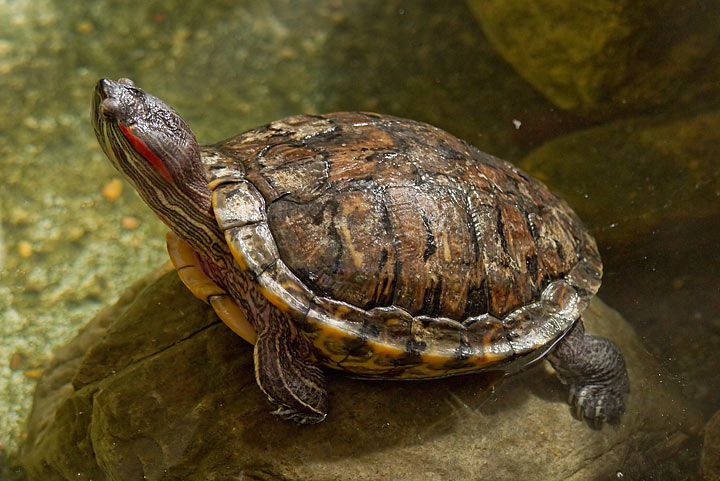
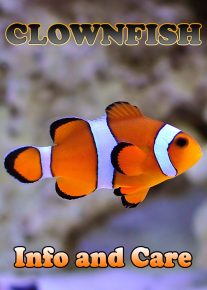
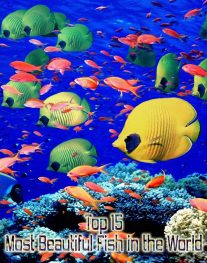
Leave a Reply